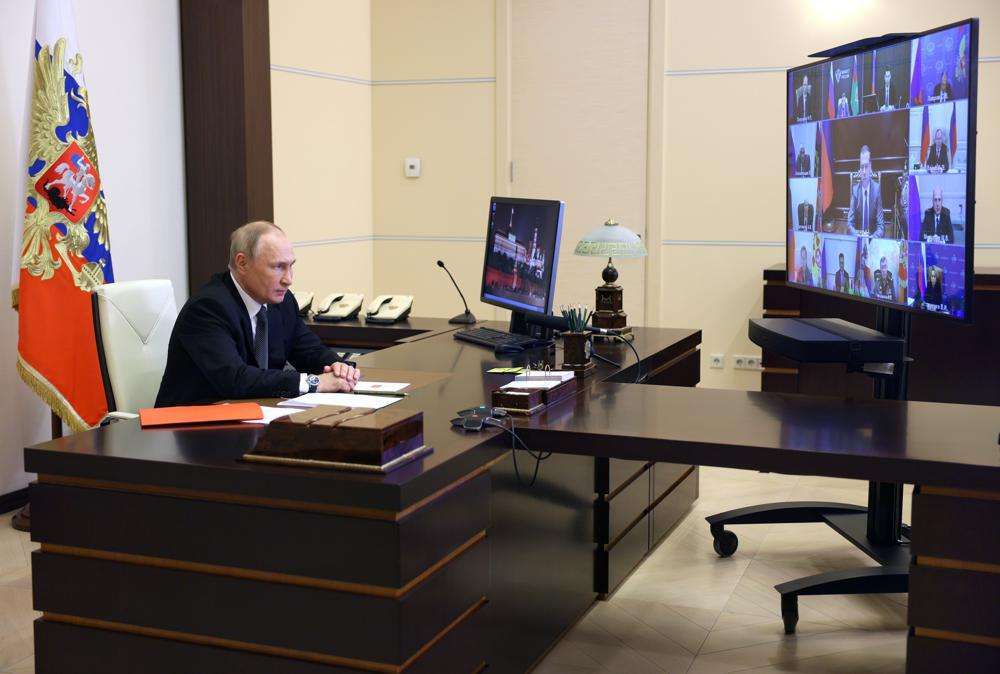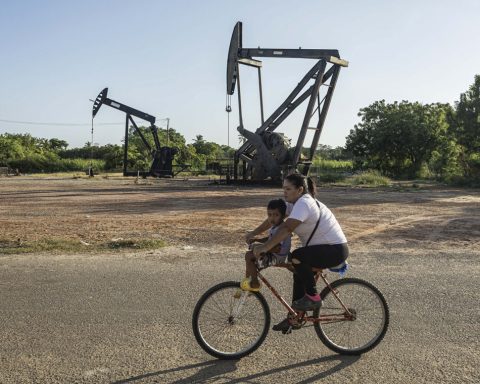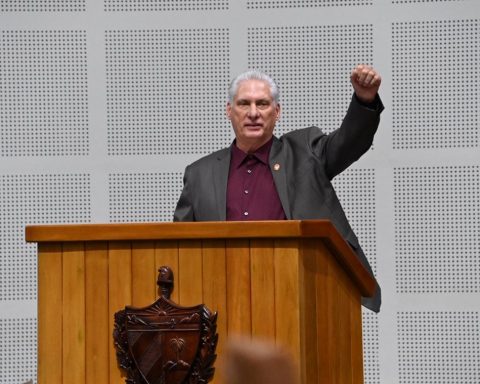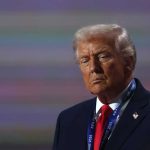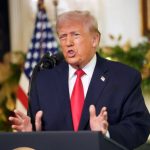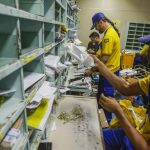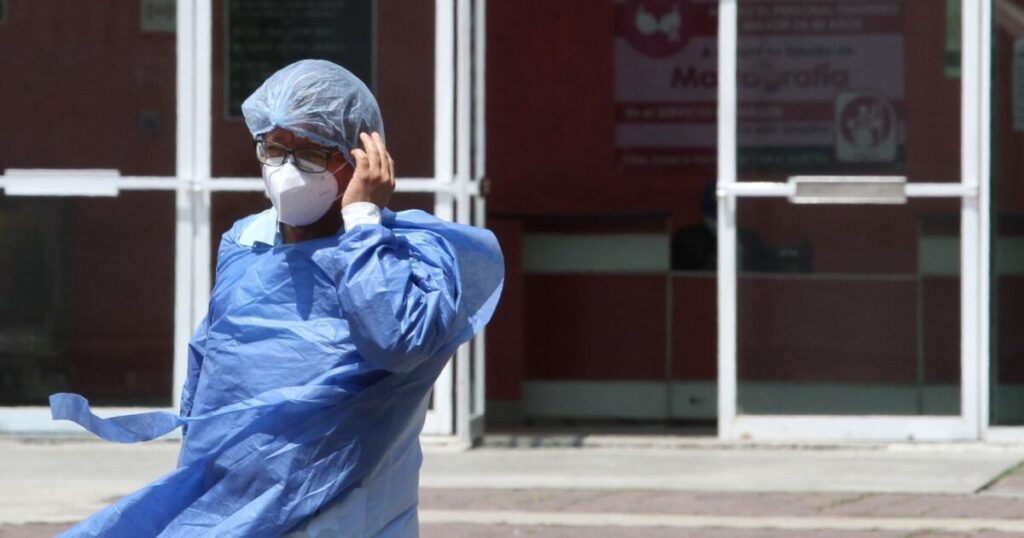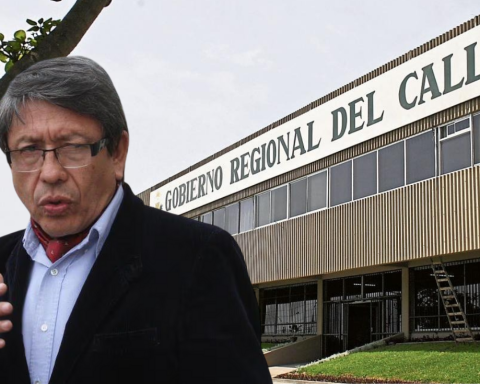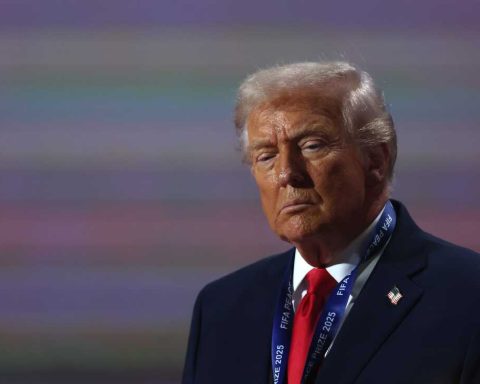Russian President Vladimir Putin on Wednesday decreed martial law in the four Ukraine regions that Moscow annexed, giving all regional governors in Russia emergency powers that open the door to sweeping restrictions across the country.
This immediately implies restrictions on freedom of the press, communication, the right to strike and freedom of movement between the annexed regions and the rest of the country, the AP agency specified.
In a televised conference with some regional governors and broadcast to the country, Putin did not immediately explain what steps would be taken under martial law outside the four annexed regions, but said his order would take effect from Thursday. The decree gave law enforcement three days to submit additional specific proposals and ordered the creation of territorial defense forces in the annexed regions under Russian military command.
The upper house of the Russian parliament quickly backed Putin’s decision to impose martial law on the annexed regions of Donetsk, Kherson, Luhansk and Zaporizhzhia.
“We are working to solve very difficult tasks on a large scale in order to ensure the safety and secure future of Russia and to protect our people,” Putin said. “Those who are on the front lines or training in shooting ranges and training centers should feel our support and know that they have our great and united people behind them.”
Putin did not provide details of the additional powers that the heads of the Russian regions will have under his decree. However, the order states that martial law measures could be introduced anywhere in Russia “when necessary”.
Kremlin spokesman Dimitri Peskov said Putin’s order does not provide for the closure of Russia’s borders, state news agency RIA-Novosti reported. In an apparent attempt to calm a nervous public, some regional authorities were quick to declare that no immediate curfews or travel restrictions were planned.
The Russian leader also ordered Wednesday to set up a Coordination Committee to increase interactions between government agencies to deal with the fighting after the invasion of Ukraine, which Russia continues to call a “special military operation.”
Third Grade Gathering in Alaska
US F-16 fighter jets intercepted two Russian bombers in international airspace near the state of Alaska, the North American Aerospace Defense Command (NORAD) reported on Tuesday. The Tu-95 bombers were intercepted on Monday after “entering and operating within the Alaska Air Defense Identification Zone,” NORAD said in a statement.
The Russian planes “remained in international airspace and did not enter the airspace of the United States or Canada,” the US command said.
The air defense identification zone, known by the acronym ADIZ, is a perimeter in which air traffic is monitored by the armed forces of one or more countries, beyond their national airspace, to have extra reaction time. in the event of a hostile maneuver. While tensions are high between the United States and Russia over the Ukraine invasion, NORAD said the bombers were not seen as a threat or provocation.
“NORAD tracks and identifies foreign military aircraft entering ADIZ” and “routinely monitors foreign aircraft movements and, as necessary, escorts them from ADIZ,” the note states.
